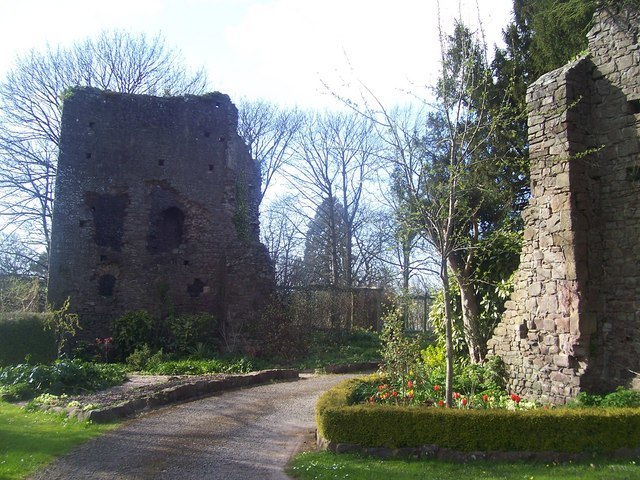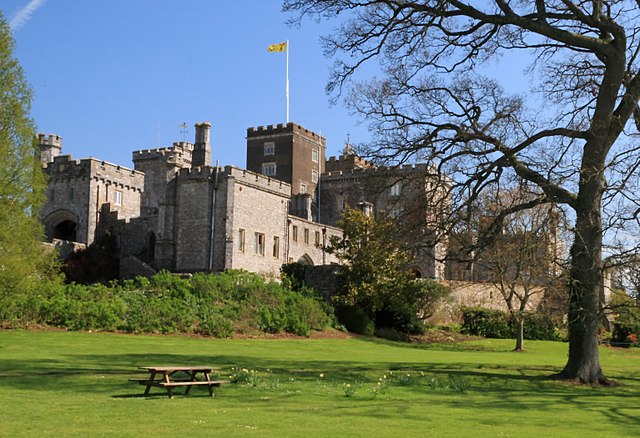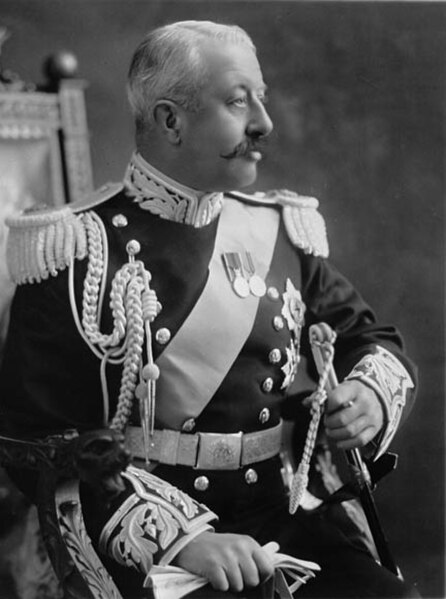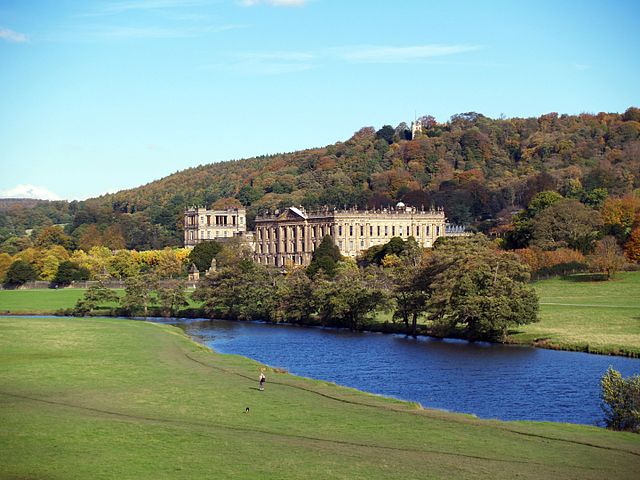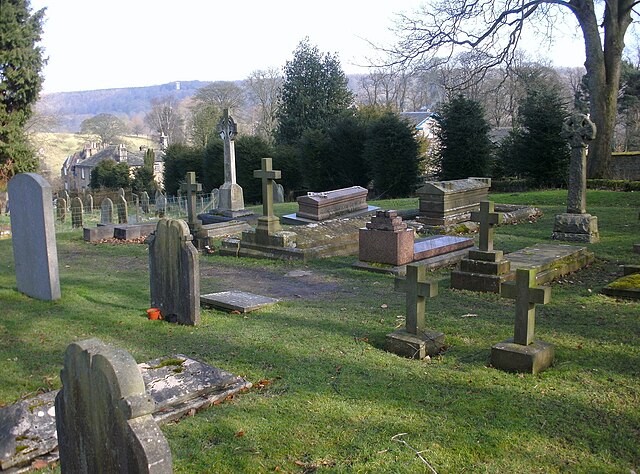Earl of Devon is a title that has been created several times in the Peerage of England. It was possessed first by the Redvers family, and later by the Courtenay family. It is not to be confused with the title of Earl of Devonshire, which is held by the Duke of Devonshire, although the letters patent for the creation of the latter peerages used the same Latin words, Comes Devon(iae). It was a re-invention, if not an actual continuation, of the pre-Conquest office of Ealdorman of Devon.
Tiverton Castle, Devon, the few remains of the early mediaeval castle and seat of the Redvers and Courtenay Earls of Devon. Forfeited and recovered many times, it was finally sold by the daughters and co-heiresses of Edward Courtenay, 1st Earl of Devon (d.1556), of the 1553 creation. It never was besieged during the Courtenay tenure, but was afterwards captured during the Civil War by a stroke of luck. It was then largely demolished as a preventative measure.
Powderham Castle, Devon, the ancient seat of the family of Courtenay of Powderham, which successfully claimed the dormant Earldom of Devon in the 19th century. Here seen from the southwest, flying the heraldic banner of the Earl of Devon.
Earl's coronet worn by Charles Courtenay, 17th Earl of Devon (1916–1998) at the Coronation of Queen Elizabeth II in 1953. Displayed at Powderham Castle
Duke of Devonshire is a title in the Peerage of England held by members of the Cavendish family. This branch of the Cavendish family has been one of the wealthiest British aristocratic families since the 16th century and has been rivalled in political influence perhaps only by the Marquesses of Salisbury and the Earls of Derby.
William Cavendish, 4th Duke of Devonshire briefly Prime Minister between 1756 and 1757.
Victor Cavendish, 9th Duke of Devonshire
Chatsworth House, the ancestral seat of the Dukes of Devonshire
St Peter's Church, Edensor, Cavendish family plot with the graves of the Dukes of Devonshire

